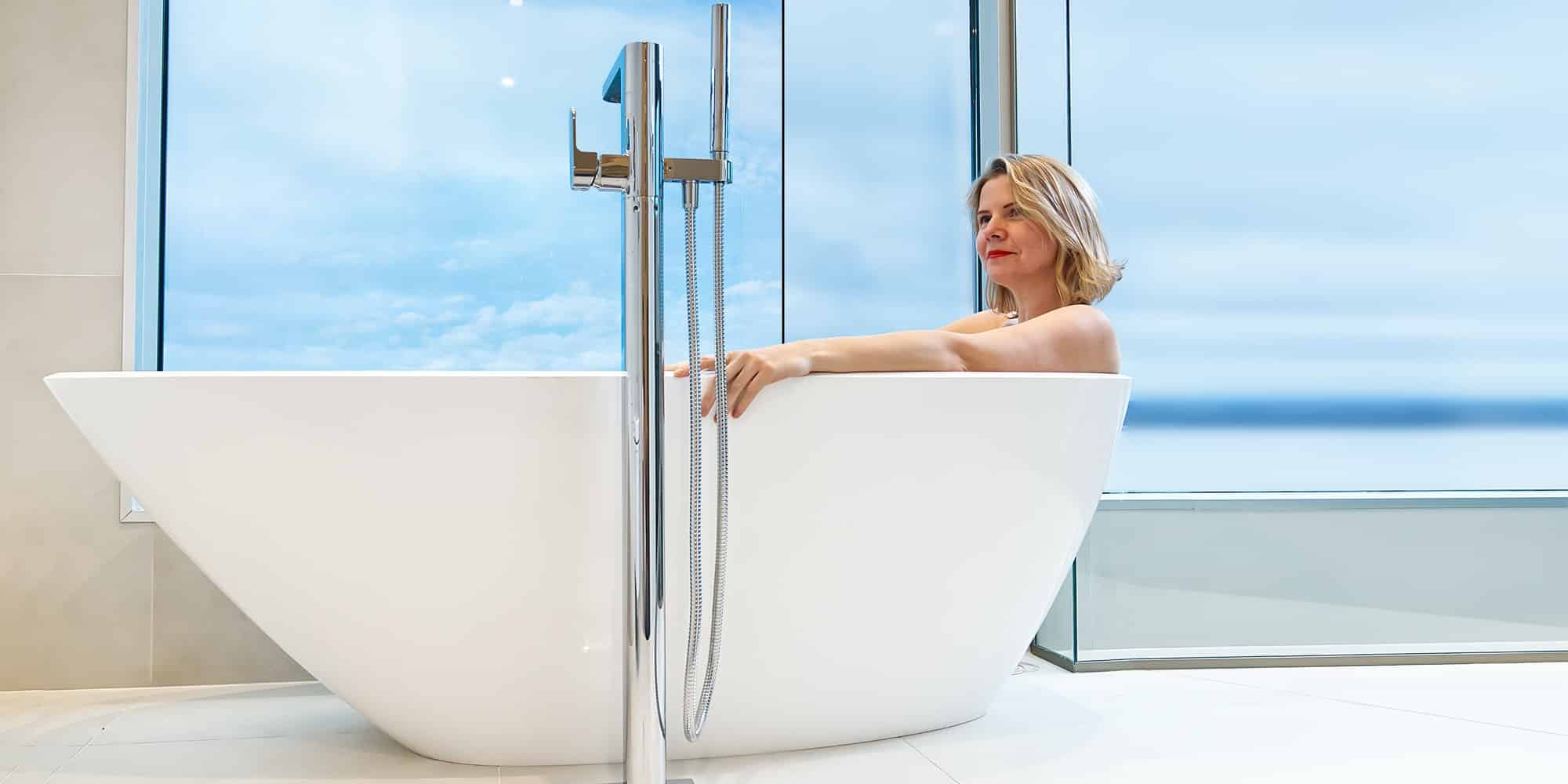What’s the Best Method for Retrofitting a Historic Home with Solar Power?

Preserving the architectural integrity of a historic house while making it energy efficient poses a unique challenge. As energy costs continue to rise, homeowners are increasingly looking at renewable energy resources as viable alternatives. Solar power is a leading option, but how do you retrofit an existing historic home with solar energy systems without interfering with its historic character? And how can you ensure its energy efficiency? In this article, we’ll explore the various ways to accomplish this.
The Intersection of Preservation and Energy Efficiency
Preserving the integrity of historic buildings doesn’t mean forsaking modern conveniences and advances in energy efficiency. It’s entirely possible to balance the preservation of a property’s historical character with the need for energy optimization.
Dans le meme genre : What’s the Best Way to Create a Modern Home Exterior with Traditional Stone Cladding?
Retrofitting a historic home involves taking an existing structure and integrating new technologies or systems to enhance its overall performance. In the context of this article, we are specifically focusing on retrofitting with solar power systems. These systems capture and convert sunlight into electricity, reducing reliance on grid energy and thereby potentially leading to significant cost savings. Retrofits, however, must be done carefully to avoid compromising the historic character of the home.
Optimizing Solar Power Usage
Installing a solar power system in a historic home requires careful planning. The primary goal is to maximize energy efficiency without compromising the architectural integrity of the building.
Cela peut vous intéresser : How to Optimize a Small Urban Balcony for Year-Round Gardening?
Key considerations include the orientation of the building, the slope of the roof, and the amount of sunlight it receives. For instance, roof-mounted solar panels are the most common but may not be ideal in a historic building where altering the roofline could disrupt its aesthetic appeal.
In such cases, consider alternative systems like solar shingles or thin-film solar cells that can be integrated into existing roof tiles or slates. Ground-mounted solar panels might be another option, assuming the property has sufficient space and receives ample sunshine.
Insulation is another critical factor in optimizing energy use. Heat loss can occur through windows, doors, and walls, reducing the efficiency of your solar energy system. Incorporating energy-efficient retrofits like double-glazed windows and proper insulation can help reduce heat loss and further optimize solar power usage.
Leveraging Alternative Solar Power Systems
While traditional solar panel systems are an effective way to harness solar energy, they may not always be the most suitable choice for historic buildings. Alternative solar power systems, however, can offer the perfect solution.
As mentioned before, solar shingles or thin-film solar cells can be seamlessly integrated into the existing structure of a historic home. These systems are less noticeable from the ground, offering a visually appealing solution that still provides a high level of energy efficiency.
Solar water heating systems are another option to consider. These systems use solar energy to heat water, which can then be used for various household purposes, thereby reducing energy consumption.
Preserving Water with Solar Power
In addition to generating electricity, solar power can also be used to preserve water, a vital resource often overlooked when considering energy efficiency. Solar water heaters can reduce water usage, as they operate using natural sunlight.
Solar-powered rainwater harvesting systems are also gaining popularity. These systems collect and store rainwater for future use, reducing reliance on municipal water supply.
Navigating Regulations and Resources
Before embarking on a solar retrofit project for a historic home, it’s crucial to understand the regulations and guidelines that govern such projects. Standards for the treatment of historic properties often emphasize the preservation of significant historical materials and features.
Thus, you need to work with a professional who understands these guidelines and can help you navigate through the process while ensuring compliance.
Moreover, there are various resources available for homeowners considering a solar retrofit. Various grants, tax credits, and incentives are offered by the government to encourage the use of solar power in homes.
In conclusion, while retrofitting a historic home with solar power systems may seem challenging, it’s entirely possible with careful planning and consideration. By striking a balance between preservation and energy efficiency, homeowners can enjoy the benefits of modern technology while maintaining the unique character and charm of their historic homes.
Sustainable Heating and Cooling Solutions
An essential aspect of energy efficiency in a historic home is the heating and cooling system. Adopting renewable energy technologies for these systems can significantly reduce energy consumption and enhance energy efficiency.
One such technology is the heat pump. Operating like a refrigerator in reverse, heat pumps can transfer heat from the air or ground into the home during winter and reverse the process in the summer. This technology can be an excellent option for historic homes, as it can be integrated without disrupting the architectural integrity of the building.
For instance, ground-source heat pumps (also known as geothermal heat pumps) can take advantage of the consistent temperature of the earth just a few feet below ground to provide efficient heating and cooling. While the installation of ground-source heat pumps requires some excavation, it’s usually feasible without major alteration to the historic structure.
Air-source heat pumps are another option. These devices can extract heat from the external air, even in cold temperatures, and transfer it inside the home. They can be a cost-effective alternative to traditional heating systems, reducing energy consumption and greenhouse gas emissions.
Moreover, pairing your heat pump system with solar panels can further improve energy efficiency, making your historic home more sustainable and resilient against climate change.
The Importance of an Energy Audit
Prior to retrofitting a historic house with solar power or other energy-efficient technologies, an energy audit is recommended. This comprehensive assessment of your home’s energy use can help identify areas for improvement and guide your decisions about which retrofits are most appropriate for your specific situation.
During an energy audit, a professional auditor will inspect your home, perform tests to detect energy leaks, and analyze your energy bills to determine your typical energy use. This process can reveal surprising insights about how energy is consumed in your home and can highlight issues such as insufficient insulation, inefficient heating and cooling systems, or opportunities for solar power optimization.
At the end of the audit, you’ll receive a detailed report outlining the auditor’s findings and recommendations. This report can serve as a roadmap for your retrofit project, helping you prioritize actions and understand the potential impact and cost savings of each retrofit.
Conclusion
In conclusion, retrofitting a historic house with solar power systems can be a valuable endeavor. It not only helps preserve the architectural integrity of the historic building but also contributes actively towards combating climate change by reducing energy consumption and embracing renewable energy.
Careful planning, considering alternatives like solar shingles or thin-film solar cells, and leveraging technologies such as heat pumps can help enhance energy efficiency. Furthermore, understanding regulations, utilizing available resources, and conducting an energy audit can effectively guide you through the retrofitting process.
Ultimately, the goal is to strike a balance between historic preservation and modern energy efficiency. With the right approach, it’s entirely possible to enjoy the charm of your historic house while reaping the benefits of reduced energy bills and a smaller carbon footprint, making your home a part of the solution to our global energy challenges.
